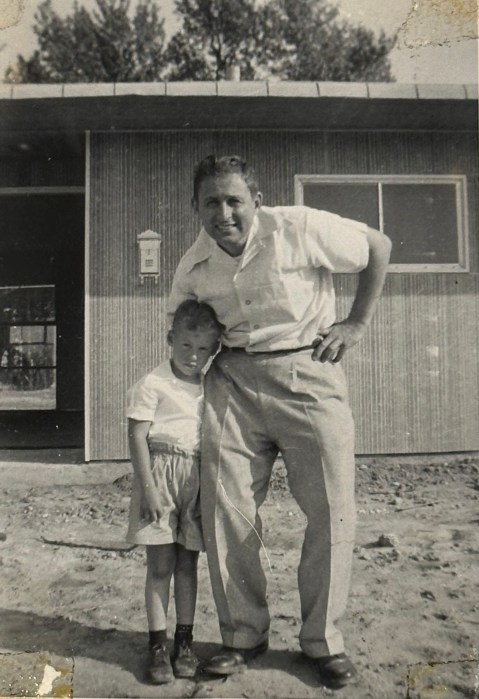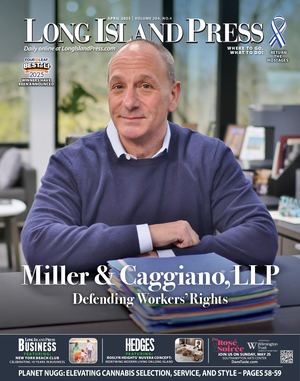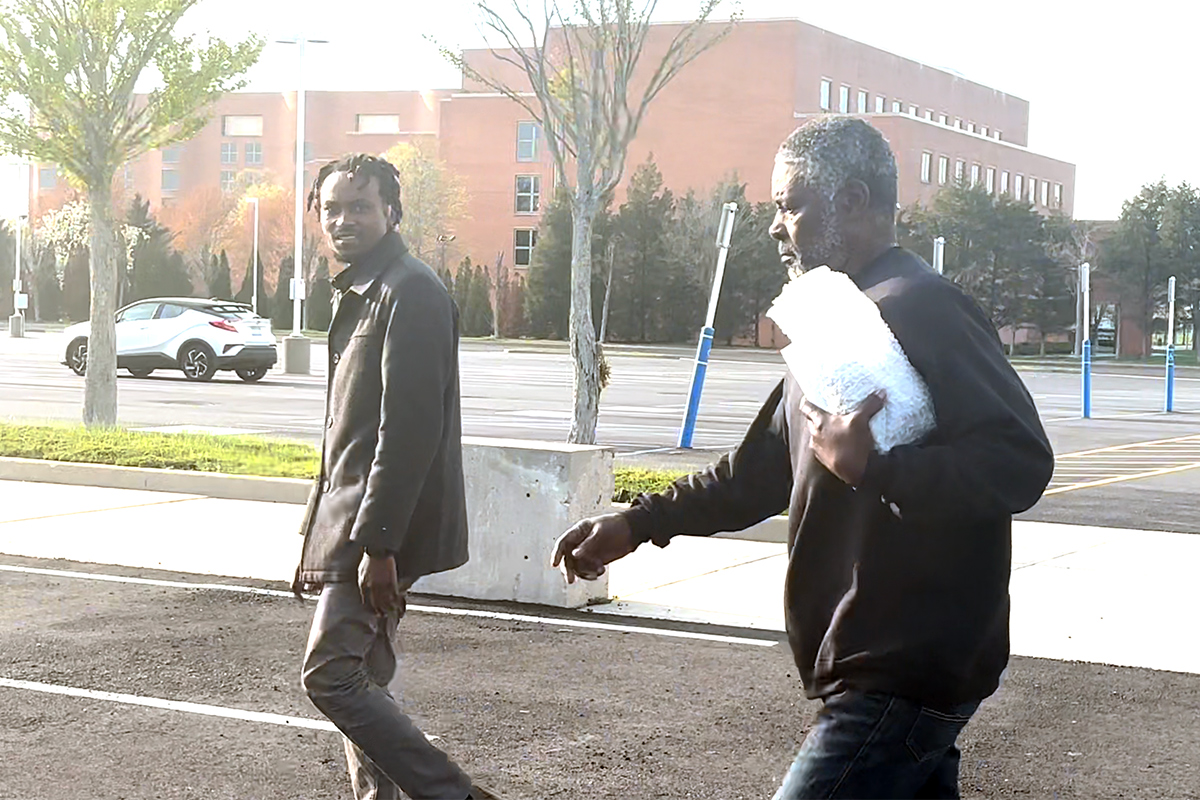The history of Levittowns is the subject of historian Edward Berenson’s ninth boo, “Perfect Communities: Levitt, Levittown, and the Dream of White Suburbia:
The book, which is scheduled to be released in April, will introduce readers to William Levitt, the multiple communities he created, and their impact on today’s housing issues.
Berenson said he was inspired to write the book by an event that took place in Levittown, Penn. where he grew up.
The family of Will and Daisy Myers, who were Black, moved to Levittown, Penn., at the time an all-white community, in 1957, causing riots that garnered national attention, according to the Bristol Township website.
Berenson said his father was among the many local residents who stood up for the Myers family.
“My father was involved with two organizations that tried to protect the family, and so I always heard about that story,” Berenson said. “I was too young to remember it directly, but I always heard about that story, and so it was just one of the things that made me want to write about this.”

Nassau County’s Levittown was the first suburban community with its title, as construction began in 1947.
Pennsylvania’s suburban community saw construction begin five years later. Levitt then moved his sights to what is now known as Willingboro, N.J., in 1958. Levitt then constructed Levittown, Puerto Rico, before expanding his influence to the suburbs of Washington D.C. and internationally to France.
“Levittown is sort of the essence of suburbia,” Berenson said. “Suburbanization is one of the most important social and cultural things that happened in the United States in the second half of the twentieth century, so Levittown is sort of the emblem of this massive social transformation that suburbanization is.”

The book will feature 10 chapters that explore the history of “Levittowns” and an epilogue in which Berenson brings the story up to date and helps explain why the initial aid to the housing community has created issues today.
“Levitt surrounded all of his homes with a minimum of 6,000 square feet of yard and then zoned all those places for single-family homes only, the author said in a Q-and-A-session about the book with NYU’s James Devitt. “So what Levitt did was seriously limit the number of homes that you could build in any plot of land. He used that land inefficiently, but since there was plenty of it, it was okay then—and people wanted a yard for their kids. But it created a model that many other home builders imitated and now there’s no room to put up more housing.”
Nassau and Suffolk have the highest percentage of single-family homes (83%) and the lowest percentage of multi-unit structures (16%) among counties in the state, according to a study on home building on Long Island from the Long Island Builders Institute released on Oct. 30, 2024.
Berenson said his previous book, ‘The Accusation: Blood Libel in an American Town’, was also a story that was inspired by where he lived.
Prior to moving to Levittown, Berneson was born in Massena, N.Y., where the country’s only alleged case of blood libel took place in 1928. His first published book was released in 1984, and the author said he likes to vary the topics of his books to attract different readers. He is a history professor at NYU and NYU’s Institute of French Studies.
‘Perfect Communities: Levitt, Levittown, and the Dream of White Suburbia,’ published by Yale University Press, will be available to the public on April 22.

































